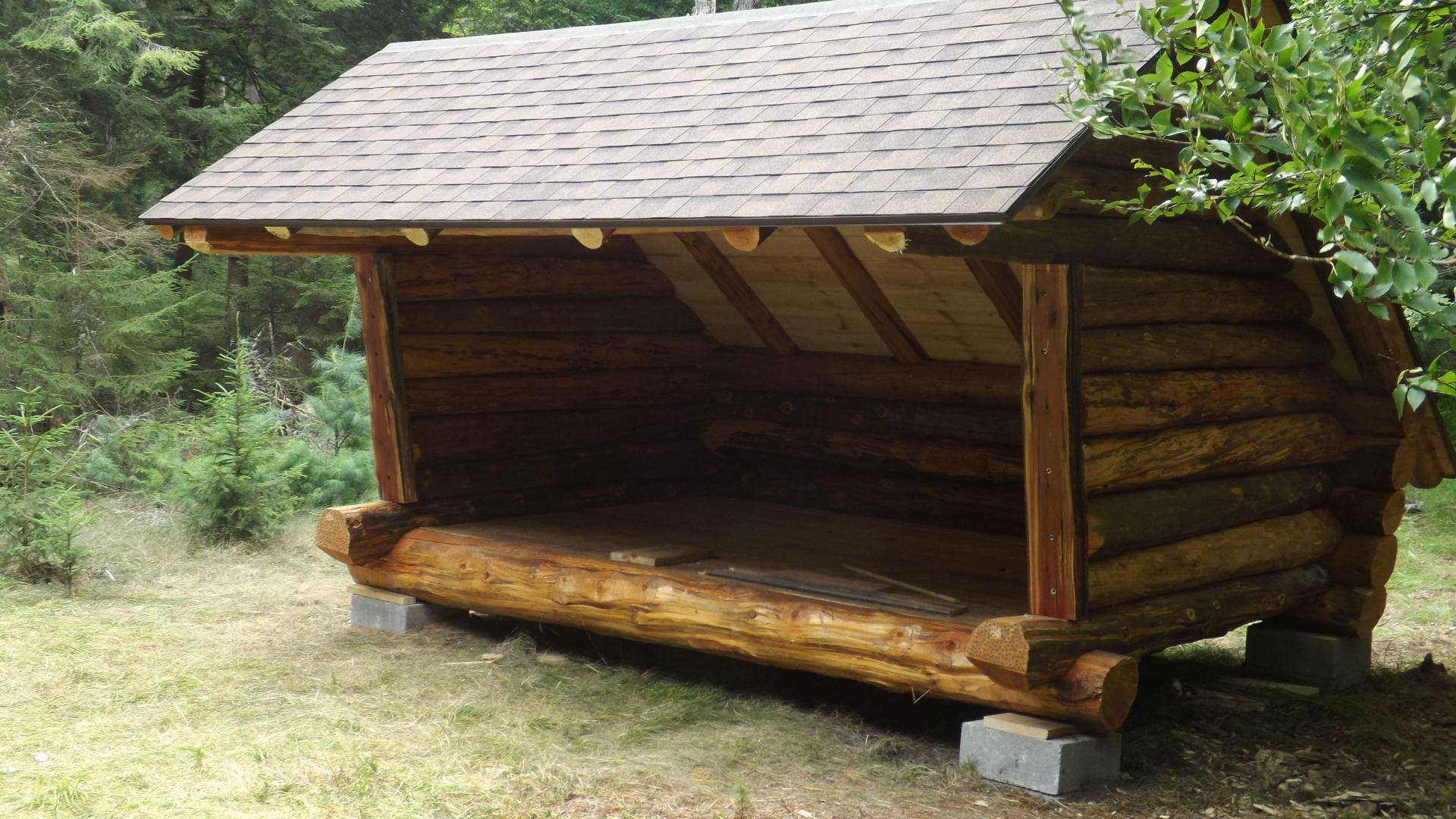If you've ever hiked in the Adirondack wilderness and experienced a pop-up storm along the way, I suspect you were happy to stumble across a remote rustic shelter welcoming you in from the rain. That may have been your first appreciation of an Adirondack lean-to. The three-sided cabin with a floor and an overhead roof might have seemed like a luxurious accommodation miles from civilization. Even if your pack had included a tent, the solid roof and walls waiting to shelter you from rain or snow had to be a welcome sight.
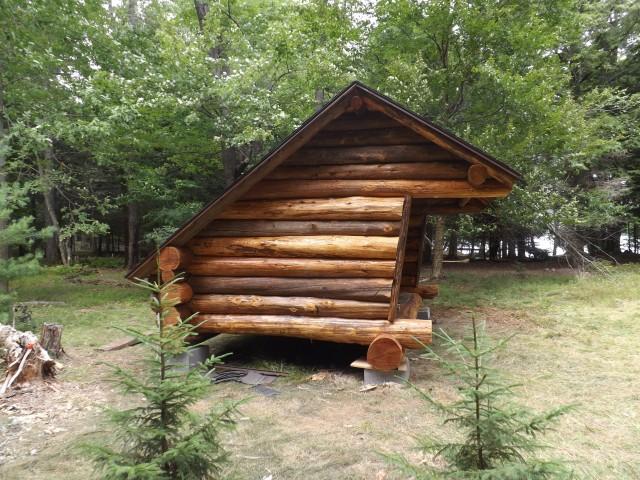
Practical Invention
It is speculated that the Adirondack lean-to came into existence in the early 1800s along with the regional outdoor guides. The Adirondack wilderness became recognized as a sportsman’s paradise for hunting and fishing, and visitors began to flock to this region seeking those recreational opportunities. However, once here, they needed local knowledge, skill, and assistance in finding their way around. They also needed local knowledge and guidance to venture to the best and most productive locations to obtain the game. Around the mid-1800s Adirondack guides were in demand and many local Adirondackers took up the guiding profession. Guides accommodated all the basic needs of their guests - most particularly food and shelter. As the visitor demand increased it became practical for these guides who took parties out frequently to have a ready-made shelter waiting. Heading into remote distant locations, toting gear, supplies, and often a boat for navigating backcountry waters, was enough “stuff” to lug.
Though at times somewhat crude and temporary, lean-tos began popping up in the Adirondack wilderness. Throughout the decades, sturdy log structures have replaced many of the crudely assembled originals. Often the sturdier models were constructed with hand tools from trees that were conveniently found on site; spruce and balsam were popular materials. In the next century the New York State Department of Environmental Conservation officially adopted a model constructed in the 1930s by the Civilian Conservation Corps. From that time publicly owned Adirondack lean-tos became pretty much uniform — as uniform as unique individual logs would allow them to be anyway.
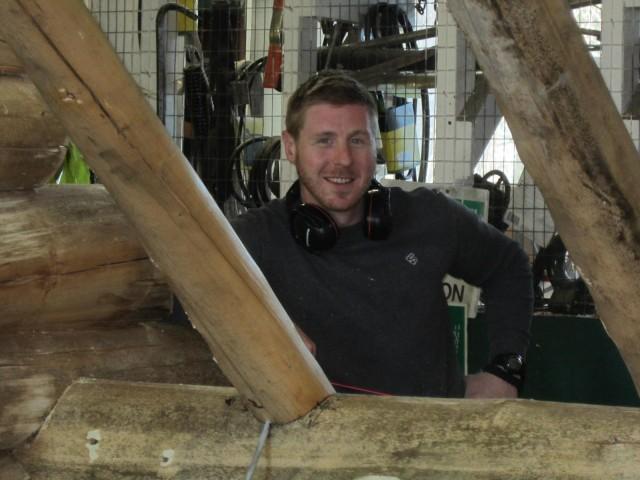
Lean-To Crafter
I went to see my friend, Brett Bechtold to learn about lean-tos of today. Brett works for the NYS DEC out of the Crown Point Maintenance Facility. You almost never get to see him in the spring, summer and fall months, that is unless you are out for a hike in the remote Adirondack wilderness. He is responsible for maintaining over 100 miles of trails in DEC’s Region 5. He does this all on foot, practically singlehandedly, with nothing but hand tools. Chainsaws are only permitted in some areas. Principally clearing and removing blow-down, his wood-working skills during warmer months are only put to the occasional bridge building.
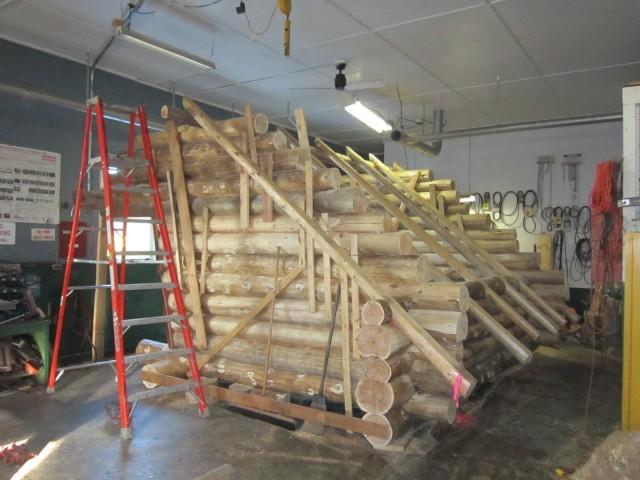
During the winter months is when Brett gets to apply more of his woodworking expertise. Within the maintenance facility he constructs lean-tos — at least one a winter, and sometimes two if the demands on his time permit. Known for its rot and pest-resistance cedar is the preferred wood of today. I’ve seen the pile of cedar logs from which a precisely, snuggly fit lean-to emerge. It’s amazing that this can be accomplished, particularly when you see him at work, predominantly with chisels, and only the occasional chainsaw for major cuts.
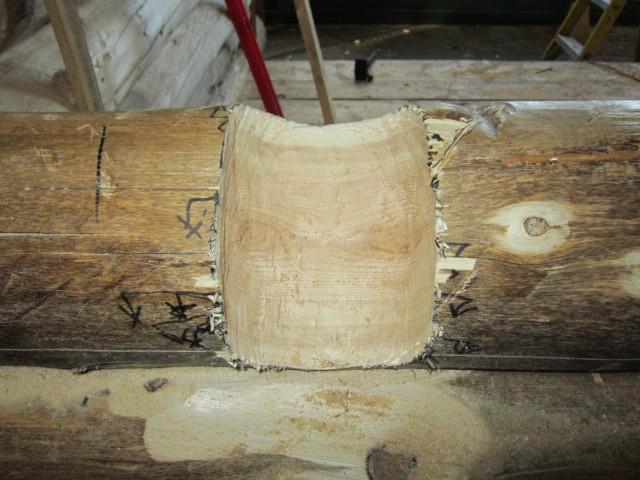
To Spec
The lean-to has to be built to the DEC "model" specifications, so there are not many allowances for variation despite what the logs may lean toward. Remember, we are not dealing with machine-cut, planed, kiln-dried lumber here. These are trees — long, heavy cedar logs with knots, bumps, and a multitude of variation in each foot. Somehow he manages to “fit” them all together. Looking at a finished lean-to, you’d think they grew knowing they were all intended to be joined like a jigsaw puzzle into a straight-sided, functional shelter for hikers in the remote Adirondack wilderness.
I stopped by recently to grab some photos of this 2015-16 winter’s lean-to in the midst of its construction phase. I instantly recognized the aroma in the shop. I hope from the photos you can see what is involved in conforming these mega beasts into something that fits so nicely together and looks “factory made.” I can only imagine the hours of labor intensive work in each log, getting it to meld securely with its neighbors. Gaps, after all, would not be very welcome in wind and bad weather.
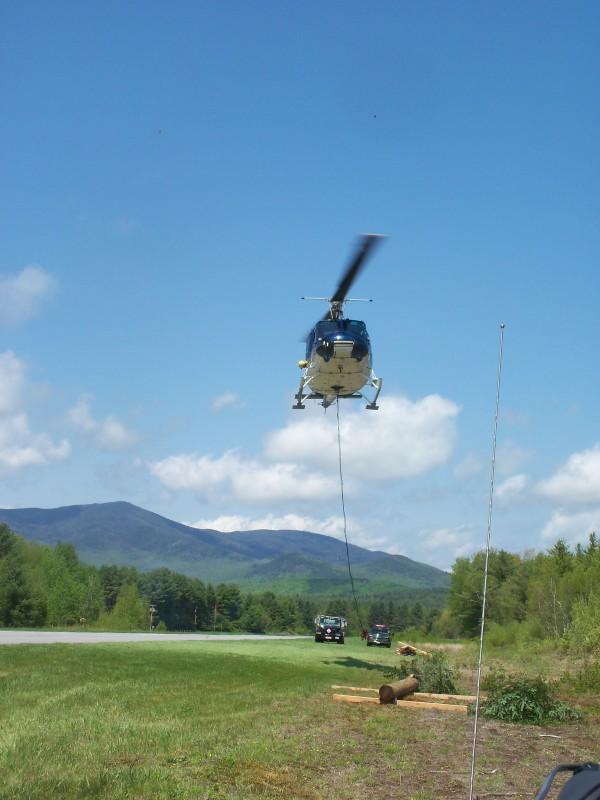
Re-Build
Once the entire lean-to is completely constructed, minus any roofing shingles, it is all carefully labeled with metal tags. Each log/timber has a precise location for fit and from the labels can be erected precisely on site. Then it’s all disassembled, piece by piece, and carted off for a reassemble in its final resting place. Oftentimes its final journey includes a boat or helicopter ride.
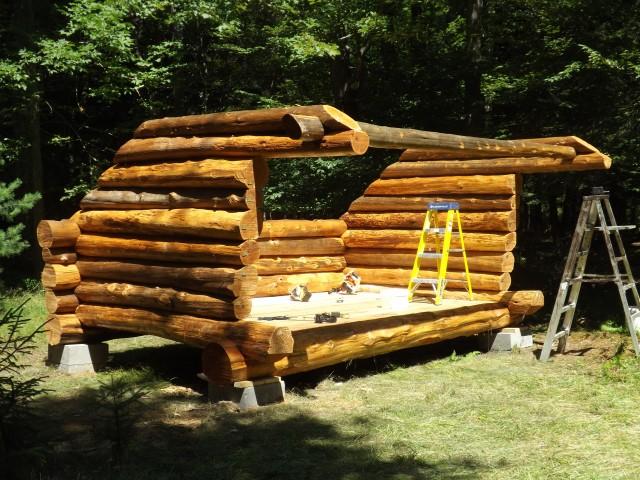
“Do you know where this one is going?” I asked Brett. “No” he replied. “That is a determination made by the forester. It may be in a new location, but probably will replace one that has seen better days.” I couldn’t help but wonder if it was hard for him to say goodbye to a project that had seen so many hours of his heart and soul, but then I remembered. It wasn’t “goodbye,” it was “see you later” — as he no doubt would encounter them on the trail.
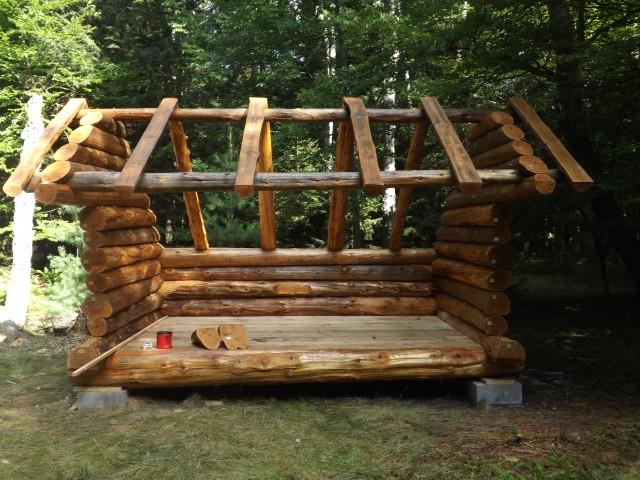
Today there are more than 200 lean-tos scattered about on the New York State publicly-owned lands within the Adirondacks. They are available to backcountry hikers on a first come, first served basis and therefore cannot be reserved. However, they do accommodate several people (7 or 8) and are meant to be shared if there is adequate space.
Come, meet a true Adirondack icon and have it become your “home away from home,” even if for just a night or two. Send a thank you to the NYS DEC and the meticulous skills of Brett. There is an abundance of hiking along the Adirondack Coast. A few wilderness areas where you are apt to find one of his creations are the Pharoah Lake Wilderness Area, the Hurricane Mountain Primitive Area, and the Hammond Pond Wild Forest.
